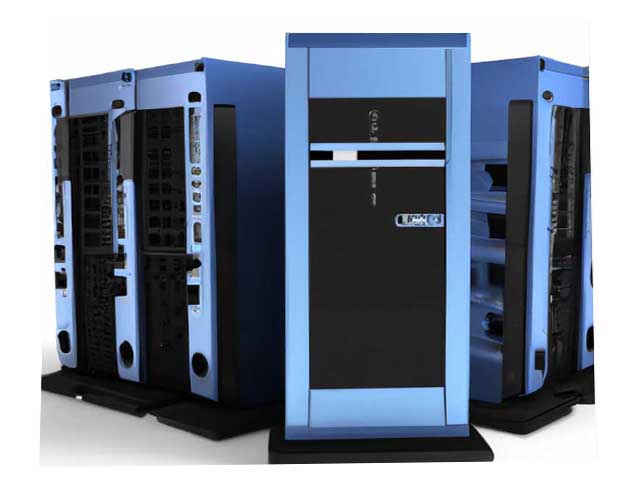Cluster computing how it started
Cluster computing is a type of parallel computing in which a group of interconnected computers work together to perform a task. This approach to computing is used to solve complex problems and perform large-scale simulations that would be difficult or impossible to accomplish using a single computer.
Here is a brief overview of the history of cluster computing:
Introduction and Early Attempts (1960s-1980s)
The concept of cluster computing emerged in the 1960s as researchers looked for ways to overcome the limitations of early mainframe computers. The first cluster computers were built using arrays of interconnected computers, but these early systems were limited by slow communication speeds and unreliable connections.
Development of High-Performance Computing (1980s-1990s)
The 1980s and 1990s saw the development of high-performance computing, including the use of parallel processing and distributed computing to solve complex problems. This era also saw the development of more advanced interconnect technologies, such as the Message Passing Interface (MPI), which enabled faster and more reliable communication between computers in a cluster.
Current Achievements and Uses (2000s-Present)
Today, cluster computing has evolved into a powerful tool for solving complex problems in fields such as scientific computing, engineering, finance, and biomedicine. Current cluster computers are capable of processing massive amounts of data and performing complex simulations at high speeds, making it possible to tackle problems that were previously unsolvable.
Some of the most notable achievements of cluster computing include:
Climate modeling and weather forecasting
Petroleum and gas exploration
Genome sequencing and drug discovery
Financial modeling and risk management
Scientific simulations, such as simulations of the large-scale structure of the universe
Cluster computing is a critical tool for solving complex problems and driving innovation in a wide range of fields. Its ability to process vast amounts of data and perform complex simulations at high speeds makes it an essential tool for researchers, scientists, and businesses.
There are many popular open-source packages used in cluster computing that allow users to create and manage clusters of computers for parallel computing. Here are a few popular open-source packages, along with their purpose:
Open MPI (Message Passing Interface)
Open MPI is a widely used open-source implementation of the Message Passing Interface (MPI) standard. It allows users to develop and run parallel applications on a cluster of computers, providing a high-level interface for communication between processes.
Rocks Cluster Distribution
Rocks Cluster Distribution is a Linux-based distribution designed specifically for cluster computing. It provides a complete software stack for building and managing clusters, including system management, cluster management, and application management tools.
Slurm
Slurm is an open-source resource manager and job scheduler for cluster computing. It allows users to manage resources, allocate nodes, and schedule jobs on a cluster, providing a simple and efficient way to manage parallel computing tasks.
PBS (Portable Batch System)
PBS is an open-source batch processing system for cluster computing. It provides a flexible and scalable way to manage and execute jobs on a cluster, including support for parallel processing and resource allocation.
LSF (Load Sharing Facility)
LSF is an open-source workload management system for cluster computing. It provides a comprehensive set of tools for job scheduling, resource management, and monitoring of parallel computing tasks on a cluster.
These open-source packages provide a range of tools for managing and executing parallel computing tasks on a cluster, making it easier for users to take advantage of the power of cluster computing. By leveraging these tools, users can create and manage efficient, scalable, and reliable clusters for their computational needs.

